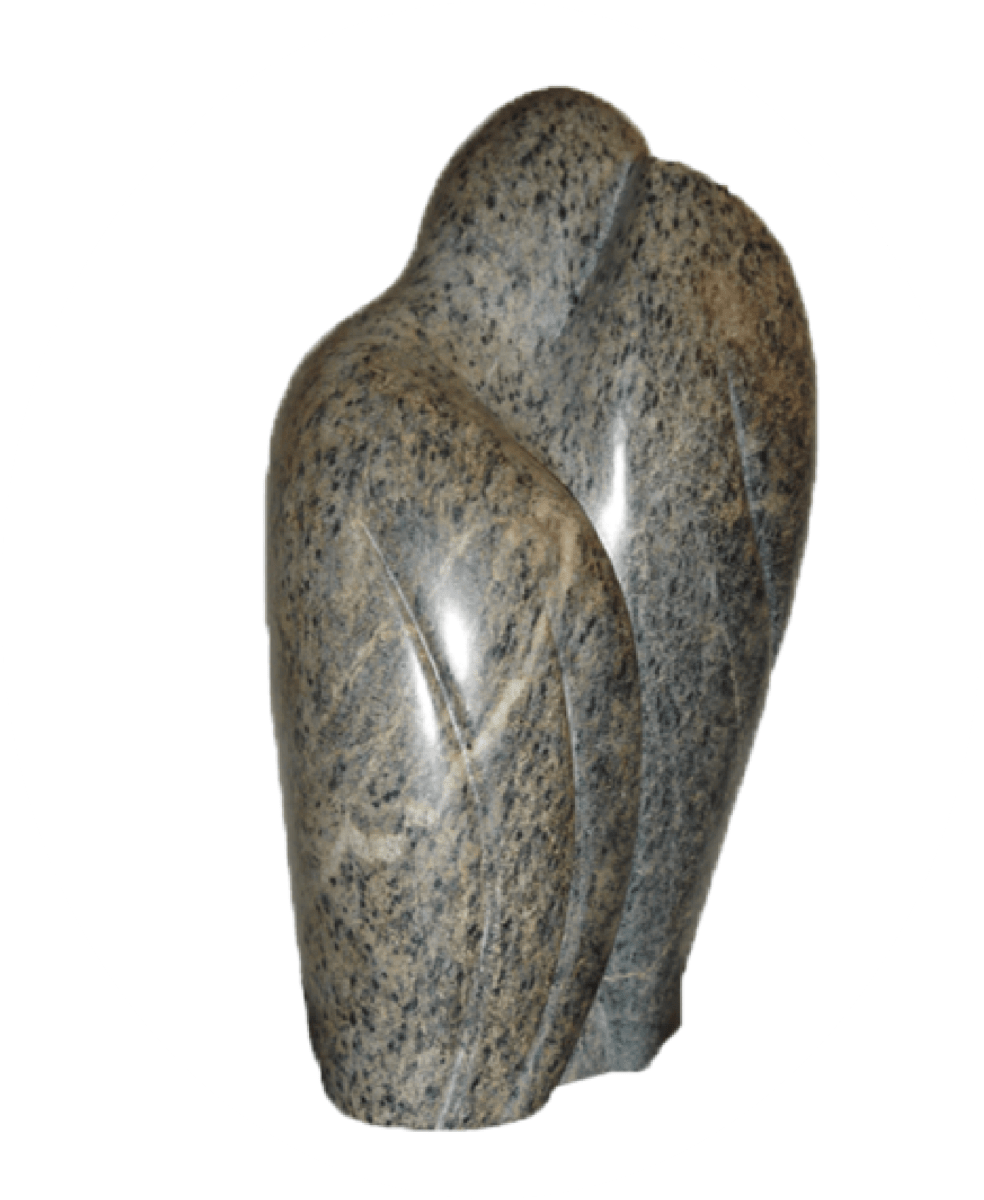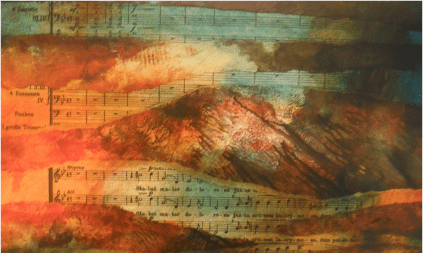Toivo Kuula
About the composer
Toivo Kuula (1883 – 1918) was born in Vaasa, Finland. He worked mainly as a conductor in Helsinki and other towns in Finland. He was a full-blooded Romantic, the interpreter of dark, powerful and pathetic emotions. The bulk of his limited output consists of solo songs and choral works, amongst others a Cantata and the Stabat Mater. The latter was his last composition, and he died in a shooting incident before he could finish the work. It was completed by a close friend, Leevi Madetoja.
About the Stabat Mater
| Date: | 1919 |
| Performers: | Symphonic orchestra and choir |
| Length: | 26.32 minutes |
| Particulars: | The musical language of the Stabat Mater is grounded in a broadly flowing dark-tinted late Romanticism, while some harmonic progressions reflect the influence of Impressionism. The work is divided into three sections which are joined together without a break by orchestral interludes. The final section is an extensive Bach-counterpoint four part fugue. |
| Textual variations: | The "Vatican"-version of the text is used, but with the word "Amen" at the end omitted. |
| Colour bar: |
|
Information about the recording
| CD: | Finlandia 1576-54452-2: Toivo Kuula, Stabat Mater – Mikko Heiniö, Wind Pictures |
| More info: | Contains major works by two Finnish composers. Recorded in the Turku Concert Hall, April 1993. |
| Orchestra: | Turku Philharmonic Orchestra |
| Choir: | Chorus Cathedralis Aboensis |
| Conductor: | Jacques Mercier |
| Other works: | Mikko Heiniö, Wind Pictures |
| Code: | KUU-01 |





